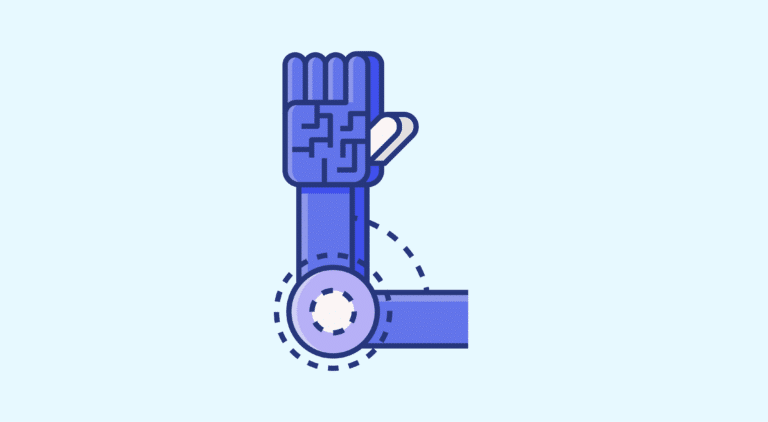Machine learning or automatic learning involves gathering a large number of examples in order to determine the underlying patterns, which can then be used to make predictions about new examples.
For example, if a large selection of individuals provide us with the name of their favourite film, then the computer will be able to find the similarities between all these films.
The computer will then make suggestions, explaining the path it has taken to reach these conclusions.
For example: “People who like romantic films in general don’t like horror films. On the other hand, they will love films in which the same actors play”.
In other words, machine learning is a form of artificial intelligence based on mathematical and statistical concepts that enables computers to learn from data rather than through explicit programming.
Machine learning is also known as artificial learning. Machine learning techniques are essential to ensure that the machine’s predictions are as accurate as possible. There are many different approaches, depending on the category and quantity of data involved
How does machine learning or automatic learning work?
In general, machine learning consists of 2 phases:
- The first phase is the system design phase, also known as the learning or training phase, which involves estimating a model based on data analysis. This includes estimating a probability density or solving a practical task such as translating a speech.
- The second phase is production. It is possible for systems to continue learning even though they are already in production. Once the model has been determined, we test the second part of the data, which is useful for carrying out the desired task.
💡 Related articles:
Visual recognition is the most common application of machine learning. For example, recognising an animal in a photograph, detecting bank fraud or an autonomous vehicle from Google.
Visual recognition is the most common example of a machine learning application. For example, recognising an animal in a photograph, detecting bank fraud or an autonomous vehicle from Google.
Depending on the information available during the learning phase, learning is qualified in different ways. If the data is labelled, it is called supervised learning. If the data is not labelled, it is called unsupervised learning. Machine learning can be used with many types of data: graphs, curves or feature vectors, for example.
In supervised learning, the machine learning algorithm works because the machine has already defined input and output data when it starts learning. The algorithm will then be able to study these examples, understand them and develop a prediction model that can then process the new data.
Supervised learning uses classification to create these prediction models. Classification means that all the data supplied can be identified and categorised according to their characteristics. Classification is used in the digital, medical and banking industries in particular. One of the most common examples of classification is the automatic classification of emails to separate emails from interesting sources from those considered to be spam.
Supervised learning is also very often used in regression techniques. This technique is used to predict continuous variables:
Thanks to supervised learning of a data model, the machine can predict different variations in the data, such as changes in temperature, for example.
Unlike supervised learning, unsupervised learning has a lot of input data but no output data: responses are not determined. Unsupervised learning includes the clustering technique.
What's it like to learn automatic learning with DataScientest?
DataScientest attaches considerable importance to machine learning or automatic learning and has included it as one of the modules to be validated during its training courses.
In particular, in the Data Analyst and Data Scientist training, a 75-hour module will be dedicated to Machine Learning. Similarly, in the 80-hour Big Data module of the Data Engineer course, you will be asked to learn how to train Machine Learning algorithms on a cluster of machines using PySpark.
Finally, in the Data Manager course, the Data Literacy module will require, in order to be validated, that the learner is able to choose which Machine Learning method to use depending on the business concerned.










